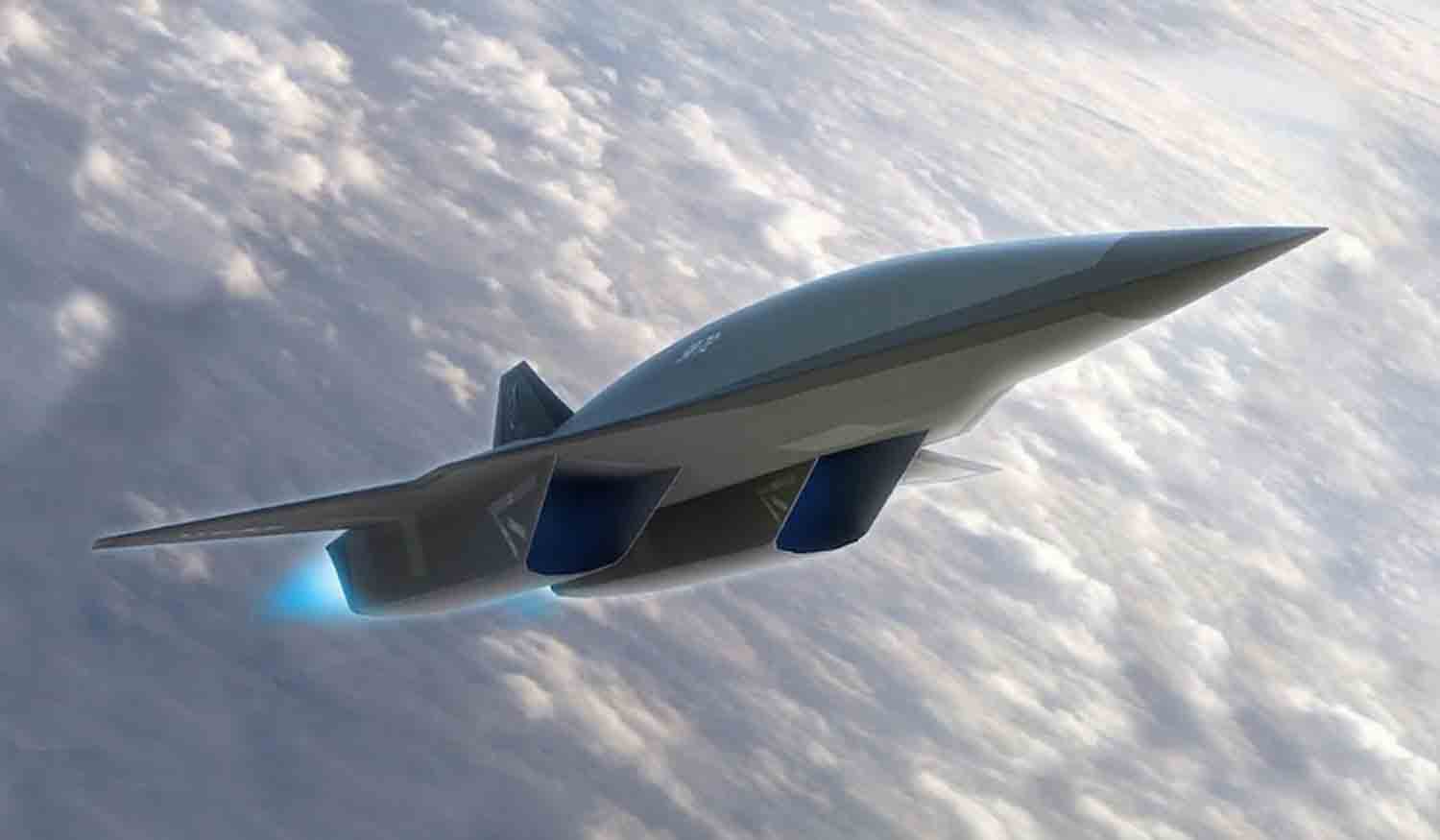The announcement last week regarding the U.S. government’s initiative to develop a Mach-5-capable bomber generated significant attention worldwide. The Next Generation Responsive Strike (NextRS) program, which combines the functionalities of a bomber and a reconnaissance aircraft, is set to be the U.S. Air Force’s next major undertaking following its current project aimed at creating a sixth-generation fighter jet.
A hypersonic bomber would represent the pinnacle of technological advancement in aviation; however, the question remains: is speed alone sufficient in today’s military landscape?
NGRS Hypersonic Bombers: Lessons from History
Among the most anticipated aircraft developments in recent years has been the quest for a successor to the SR-71 Blackbird. This iconic aircraft, retired after the Cold War, holds the record as the fastest ever built, achieving speeds of Mach 3.2, equivalent to over 2,200 miles per hour.
In 1990, the Blackbird completed a flight from Los Angeles to Washington D.C. in an impressive 1 hour and 4 minutes, a record that still stands today. No current aircraft can surpass this achievement, even 34 years later.
However, this may change in the 2030s. As reported by Aviation Week & Space Technology, the Defense Advanced Research Projects Agency (DARPA) is working on the Next Generation Responsive Strike (NextRS), a reusable hypersonic aircraft designed for both intelligence-gathering and strike missions.
This aircraft will follow the Next Generation Air Dominance (NGAD) initiative, which aims to develop what is expected to be the world’s first sixth-generation fighter jet. DARPA aims to have a prototype ready by 2030, with NGAD projected to enter service in the 2030s, suggesting that NGRS could be operational by the 2040s.
NextRS is characterized as a hypersonic aircraft, capable of flying at speeds exceeding Mach 5. This velocity surpasses the record set by the SR-71 for the flight from Los Angeles to Washington D.C., completing the journey in approximately 40 minutes.
DARPA’s hypersonic bomber would possess the speed to outpace any current interceptor fighter, including the F-22 Raptor. However, it would not be able to evade the Russian S-400 surface-to-air missile system, which features the 48N6 missile, reaching speeds of Mach 12. Consequently, a flight path over an S-400 battery would likely result in interception.
Since the 1970s, the United States has prioritized stealth over speed in its strike aircraft design. The B-1 and B-2 bombers, along with the forthcoming B-21 Raider, have all been engineered to reduce their radar cross-section, thereby decreasing the range at which they can be detected.
These three bombers sacrifice speed for stealth, operating under the principle that remaining undetected is preferable to relying on speed for evasion.
The Air Force has historically invested heavily in stealthy strike aircraft, prompting questions about its recent shift in strategy. In April 2024, as reported by Air & Space Forces Magazine, the Air Force indicated it does not intend to procure more than 100 B-21 Raider bombers.
A new aircraft may emerge by the time the initial order is completed, potentially enhancing the Raider fleet. This new aircraft is likely to be the NextRS.
The NextRS is not expected to be a stealth aircraft. A hypersonic bomber must focus on aerodynamic efficiency rather than minimizing radar visibility to optimize its range and withstand the extreme temperatures caused by high surface friction, which could damage conventional aircraft.
Additionally, it would produce a significant infrared signature detectable by space-based sensors, alerting adversaries to the approach of a hypersonic aircraft or missile.
This scenario presents two possibilities. One is that the NextRS may not function as a traditional bomber, which typically drops unpowered, precision-guided munitions directly onto targets. A key design objective for this aircraft is to release munitions at hypersonic speeds.
Hypersonic weapons could be launched from beyond the S-400’s 250-mile interception range, relying on the missile to breach enemy air defenses. Alternatively, the aircraft might achieve speeds significantly exceeding Mach 5, instilling confidence in the Air Force regarding its ability to evade interception.
Unless launched directly beneath its target, a Mach-12 interceptor missile would struggle to catch a Mach-12 NextRS operating at 100,000 feet. The greater the aircraft’s speed, the stronger the argument for its deployment.
Discover more from Defence Talks | Defense News Hub, Military Updates, Security Insights
Subscribe to get the latest posts sent to your email.





